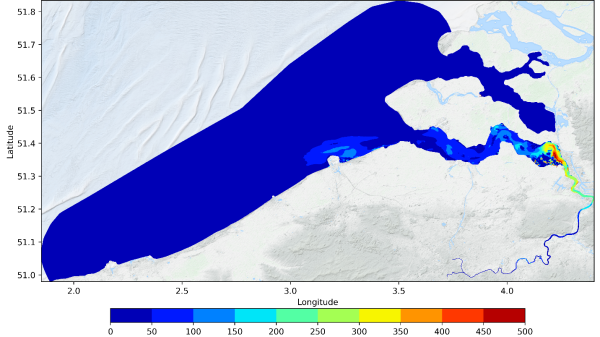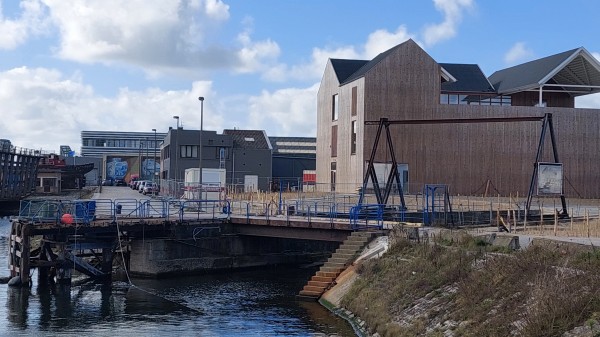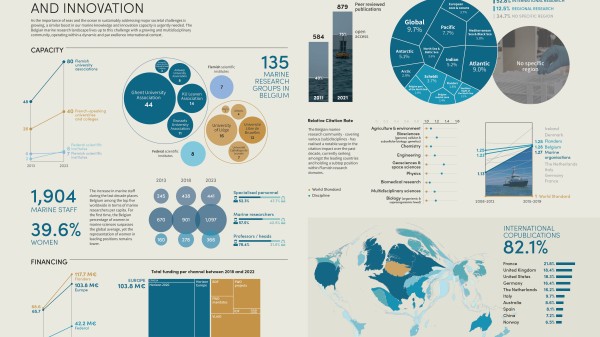The Flemish government, through the VLIZ, is investing half a million EUR in the development of an underwater sound library for the North Sea. With these funds, the VLIZ aims to achieve automatic recognition of natural and human noise sources in the sea. Such knowledge and tools are essential for offshore security and for numerous AI-based research initiatives. Flemish Minister for Science, Jo Brouns: "I am pleased that with VLIZ we have built up the necessary knowledge to carry out this kind of relevant research. AI applications are important in achieving scientific breakthroughs, especially in the field of underwater noise and safety of our coasts."
The rapid development of the Blue Economy is leading to a surge in strategic offshore infrastructure. However, offshore wind farms, aquaculture facilities, communication and power cables, etc. come with the necessary security challenges. A new offshore security market is currently emerging around this, in which Flanders also has the necessary assets. A crucial technology in the offshore security story of the future is the automatic recognition and classification of underwater sound sources.
Water conducts sound four times better than air. Underwater sound can be either natural or man-made. The aim is to eventually achieve automatic recognition of various sound sources, using artificial intelligence (AI). This requires a science-based library of sound signatures, characteristic of a specific sound source in a specific environment. The North Sea poses additional challenges here. Its shallow depth causes reflections and highly variable sound propagation. It is also a busy sea with many different human noise sources. An 'underwater sound library' is also an essential step to develop innovative, automated applications with AI, and to enable new research.
The VLIZ previously built a solid reputation in monitoring, characterising and investigating the so-called 'underwater soundscape' in the shallow North Sea. With the additional funds from Jo Brouns' cabinet, the VLIZ will: (1) define a strategy for collecting sound signatures; (2) design a suitable database architecture; (3) conduct research into methods and procedures for automatic processing of the sound signals. Among other things, the VLIZ will conduct additional field recordings of the underwater soundscape. The recordings will take place under varying conditions. To this end, the VLIZ already has an active measurement system that records underwater sound semi-continuously at fixed locations.
But the institute also has other assets. "The broad network of relevant partners active in the field of underwater sound and the excellent international track record in marine data management are assets that will be very useful to VLIZ in this work," says Dr Elisabeth Debusschere, principal investigator of underwater sound at VLIZ.
In addition, the database architecture will allow linking sounds to other relevant data, such as AIS data on vessel activity, seabed information, presence of animals, wind speed, etc.
Press contact:
Elisabeth Debusschere (VLIZ); elisabeth.debusschere@vliz.be; 0472/36.79.57


